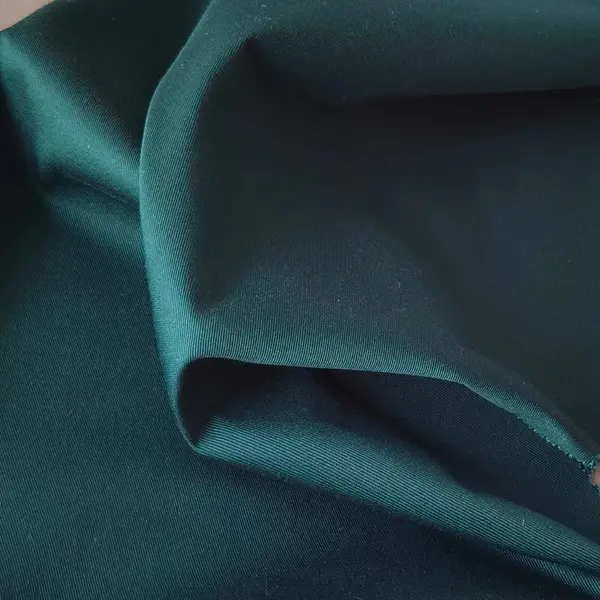Explanation 1: “Light up”
Generally speaking, the phenomenon of “lighting up” refers to the phenomenon of “homochromatic metamerism”:
Two color samples (one standard and one comparison sample) appear to be of equal color (no color difference or small color difference) under one light source (such as D65), while they exhibit significant color difference under another light source (such as A), which is called the “homochromatic metamerism” phenomenon
For this situation, we can describe it as’ lighting up '. That is to say, whether the sample can be matched with the standard sample for color matching depends on selecting a specific light source.
The fundamental reason is that the two samples have different reflections of light (reflection spectrum curves or visible band reflectivity), so it is called “Metamerism”.
The reasons for the “abnormal spectrum” include:
A, ອົງປະກອບຂອງເມັດສີທີ່ໃຊ້ສໍາລັບການ staining ແມ່ນແຕກຕ່າງກັນ;
B, ວິທີການປຸງແຕ່ງທີ່ແຕກຕ່າງກັນ, ແລະອື່ນໆ
Explanation 2: “Jumping lights”
In fact, when we talk about “Tao light” in daily life, besides the above meaning, there is another layer of meaning:
It refers to the situation where a single color sample undergoes dramatic color changes under different light sources. At this point, it can be described by “jumping the light”.
So, “jumping the light” can also be said to be a sample.
ສໍາລັບຕົວຢ່າງ, ວິສະວະກອນສີຍ້ອມຜ້າຢູ່ CIBA ຈະເວົ້າວ່າໃນເວລາທີ່ແນະນໍາສີຍ້ອມ CIBA DEEP RED: ສີຍ້ອມນີ້ບໍ່ໄດ້ໂດດສີແດງພາຍໃຕ້ແສງສະຫວ່າງ A.
(ຜູ້ຂຽນເຂົ້າໃຈຄວາມຫມາຍຂອງລາວວ່າເຖິງແມ່ນວ່າແຫຼ່ງແສງສະຫວ່າງປະກອບດ້ວຍຈໍານວນແສງສະຫວ່າງສີແດງແລະສີເຫຼືອງ, ສີຍ້ອມ CIBA DEEP RED ຈະບໍ່ມີຄວາມຮູ້ສຶກສີແດງຫຼາຍກ່ວາພາຍໃຕ້ແຫຼ່ງແສງສະຫວ່າງ D65).
Post time: ພ.ພ. . 10, 2023 00:00




















 ເປັນມິດກັບຜິວຫນັງ
ເປັນມິດກັບຜິວຫນັງ ອະເນກປະສົງ
ອະເນກປະສົງ ທົນທານ
ທົນທານ ຮັບປະກັນ
ຮັບປະກັນ
